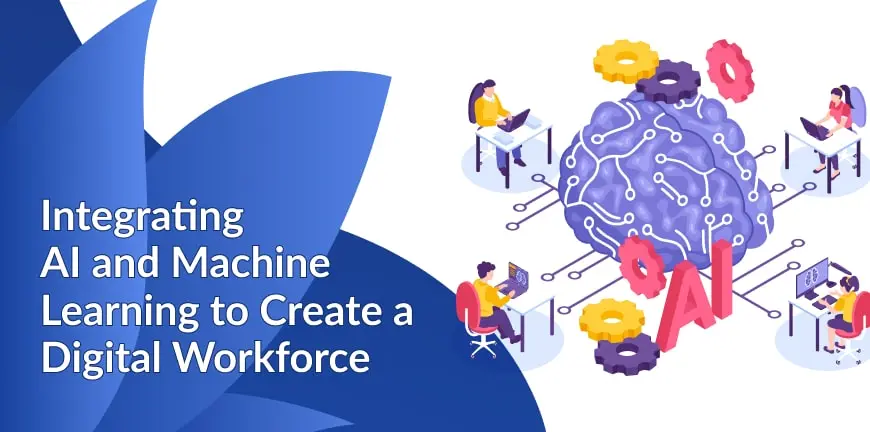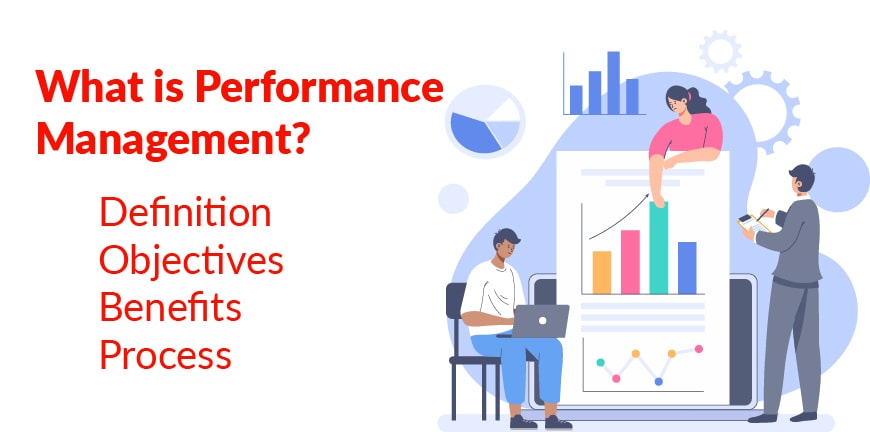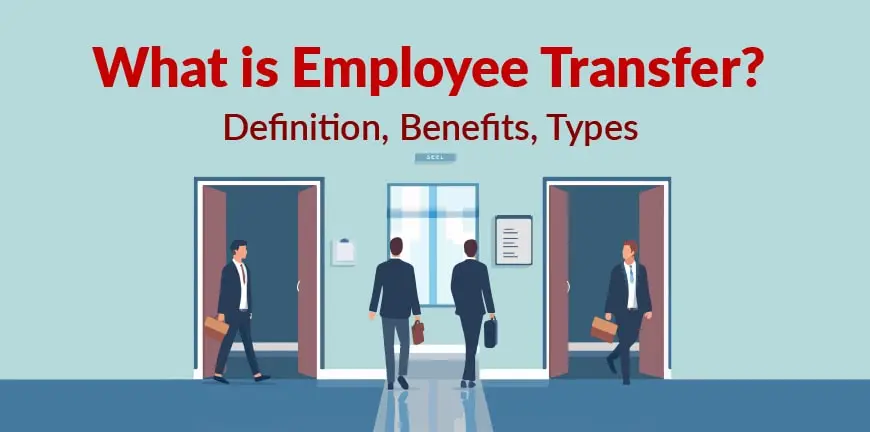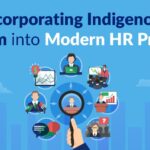
Integrating Indigenous Wisdom into Modern HR Strategies
15/02/2025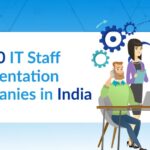
Top 10 IT Staff Augmentation Companies in India
18/02/2025With the rapid digitalization occurring, the way work is done is transforming as well, and this has forced organizations to rethink their strategies and leverage digitalization to redefine and reshape how their workforces operate, thereby boosting productivity. At its core, combining advanced platforms with AI capabilities is at the heart of transforming workforces. While this may sound quite complicated, it’s essential to realise the importance of AI and create a workforce that’s AI-centric, but also uses its own judgment and technical skills, fostering continuous learning, innovation, and inclusivity along the way.
Influence of Growth of AI on the Job Market
AI is no longer just a mere fancy-sounding trend. Here are some of the statistics that reveal how AI will be taking over jobs, but also create ones. A report by McKinsey Global Institute revealed that by 2030, up to 375 million workers worldwide may need to look for new jobs as AI and automation will take over routine tasks like data entry, customer support, and more. Of course, with this, employees will have more time to focus on tasks that need creativity, focus, and problem-solving skills. While this could be positive, it also forces a shift in skills required by the workforce. Naturally, Individuals with AI knowledge will be much more in demand. Research shows that AI can increase employee productivity by an average of 66%.
In India, AI could contribute $957 billion to the economy by 2035, according to a study by Accenture, underscoring the importance of preparing the workforce for Artificial Intelligence’s transformative impact.
How can Organizations Create a Digital Workforce?
Organizations must ensure that employees are trained and prepared to leverage all that AI has to make the best use of it and implement it in their particular roles to enhance productivity.
1. Assess the level of preparedness
To prepare your workforce for AI, you must first assess your organization’s capabilities. Determine the readiness of employees to learn and understand AI, meaning assess their level of skills, adaptability, and creativity. This helps figure out the level of training to be provided.
2. Evaluate roles that can be digitized
AI will change how employees work. Organizations must restructure and redesign roles, workflows, and processes to integrate AI into either current existing roles or new roles. However, it’s essential to evaluate the current existing roles to understand and differentiate which of these roles are suitable for AI and those that require human creativity, intuition, and intervention.
3. Educate employees on AI
Once you have figured out the skills gap, it’s essential to develop the right training programs to address it. Know the kind of skillsets you require to use AI tools, like data literacy, prompt engineering, and other AI ethics protocols. Encourage employees to actively learn through hands-on practice with AI tools like Recall, enabling them to access their knowledge and apply it confidently in their roles. The training programs must encompass a clear understanding of what AI is and educate employees on AI workings, limitations, and how it could affect daily tasks.
4. Develop easy-to-learn training programs
Create and design training programs that you can modify with advancements in AI technology. Every job role may require individuals to utilize AI in distinct ways, so it’s essential to tailor programs that are specific to the target audience. Companies can incorporate online as well as offline training programs to accommodate different learning preferences. Incorporation of a feedback mechanism to modify and change the training programs as and when required.
5. Maximize the potential of employees by incorporating AI
AI aids employees in enhancing their productivity, but for that to happen, it’s also important for employees to embrace AI fully. To help realise this, organizations must implement change management, meaning, be transparent with their communication. Make sure you communicate to your employees how adopting AI not only benefits the organization but also their roles. Encourage feedback sessions and open Q&A sessions to help them realise the power of AI. Address their concerns and eliminate issues.
6. Monitor the progress
Define clear and appropriate KPIs and track the progress of incorporating AI into systems. This can help understand AI’s overall effect on productivity, efficiency, and business performance, as well as the human impact, so you can adapt accordingly.
Ethical Implications of AI in Workforce Development
While AI plays an extremely important part in transforming how the current workforce operates, there are a few ethical concerns that must be considered and addressed.
- While AI can eliminate bias in hiring processes as it can assess candidates based on skills and expertise, AI can also perpetuate existing biases if it is trained on biased data sets.
- While some workers will benefit from AI-driven advancements, others, particularly those in low- income regions or industries that are slow to adopt AI, may be left behind. Here, it’s essential to develop strategies that focus on inclusivity as well as providing access to training on AI education.
Organizations that have embraced digital transformation
Some of the larger corporations have already actively embraced AI and machine learning mechanisms into their workforce experiences. Here are some of the prominent examples of companies that have successfully incorporated AI-
- Microsoft
- Unilever
- Spotify
- Siemens
- Accenture
- Salesforce
Wrapping Up
Integrating AI into workforce development strategies is no longer optional but essential. AI is reshaping industries, creating new job opportunities, and transforming the skills required in the workplace. By focusing on AI-centric education and training programs, reskilling and upskilling the workforce, fostering industry-education collaboration, and promoting continuous learning, organisations and governments can create a future-ready workforce.
Contact Us For Business Enquiry

Rajkumar Shanmugam
Rajkumar Shanmugam is the Head of HR at ALP Consulting, bringing over 19 years of comprehensive HR leadership experience across India and international markets. His expertise spans talent acquisition, employee relations, performance management, compliance, and HR transformation. Rajkumar has a proven track record of driving people-centric initiatives, enhancing workplace culture, and aligning HR strategy with business goals. With extensive experience in US staffing operations and global mobility, he continues to lead organizational excellence through innovation and employee engagement.

